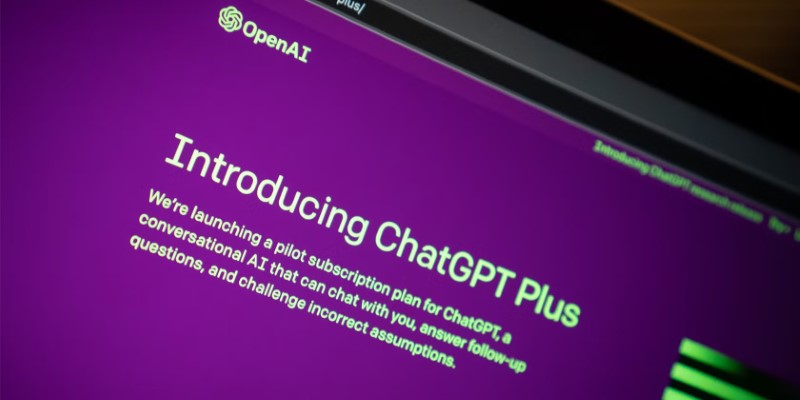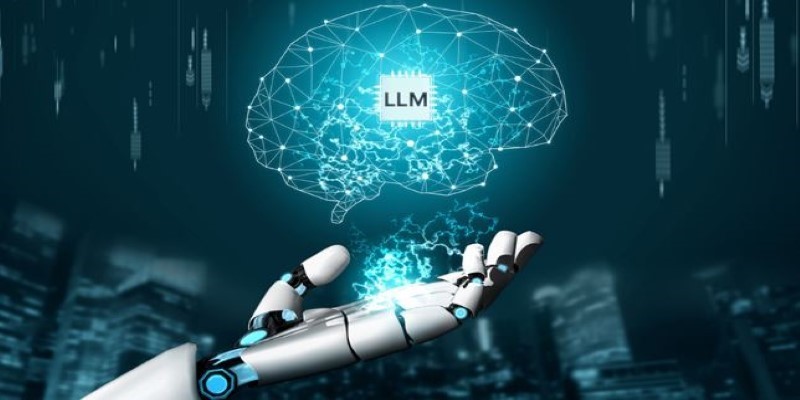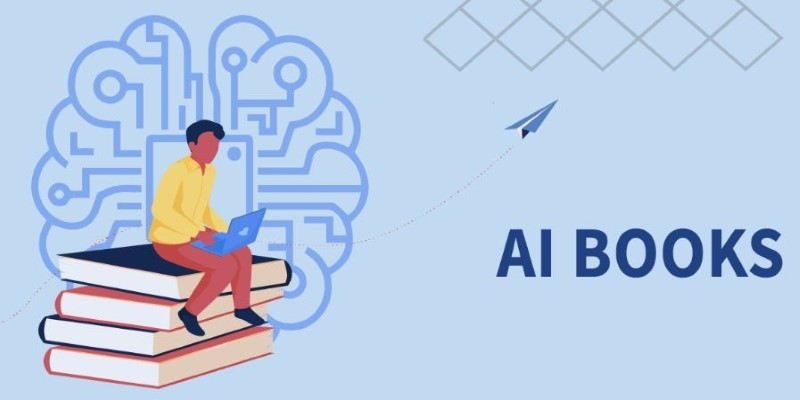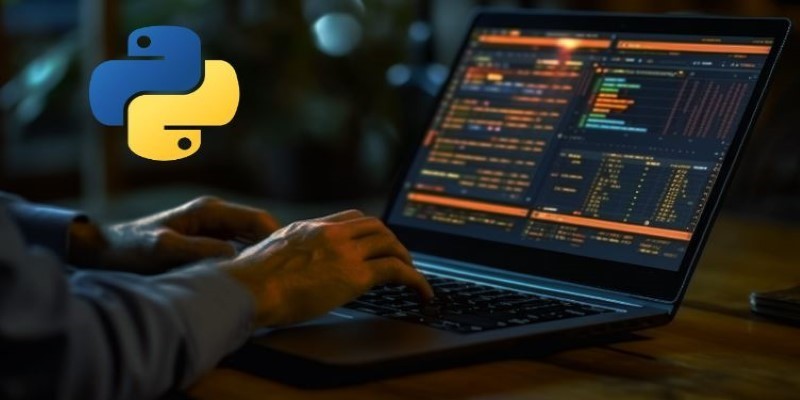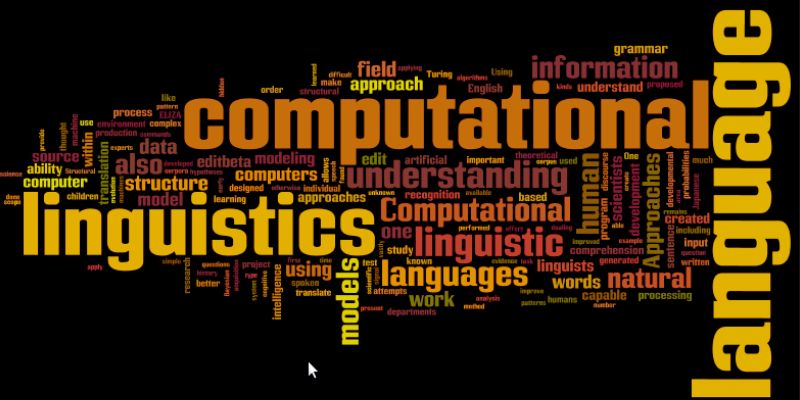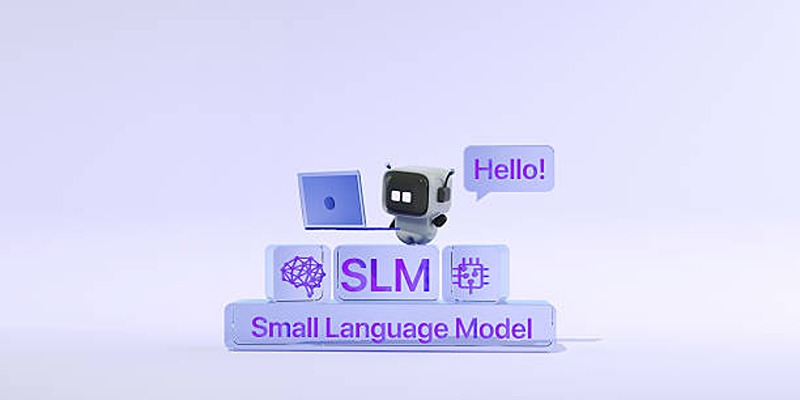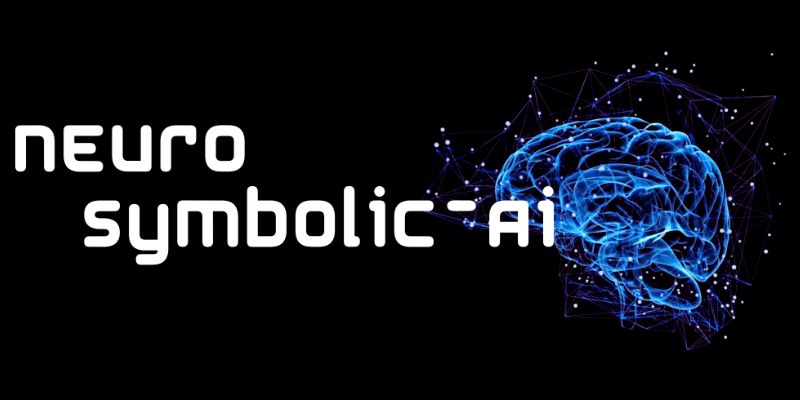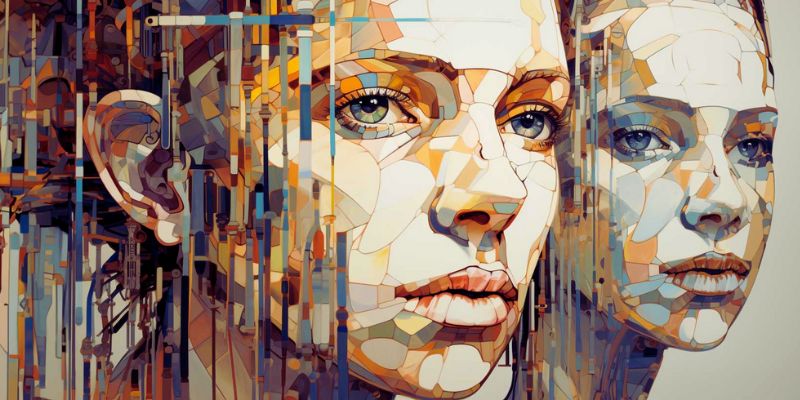Image creation with artificial intelligence has increased rapidly in recent years and is improving continuously. But have you ever wondered what AI-generated art is and how it works? AI-generated art is created through artificial intelligence using AI tools, such as generative adversarial networks (GAN). A recurrent neural network (RNN) converts input data into output data as a generative image.
A convolutional neural network creates the image's layout and uses it to generate AI art. Neural style transfer works as a junction for CNN. Of course, with all the benefits come their concerns. Ethical issues related to AI art have been raised, such as its originality, bias, and ownership, which you'll learn about in detail in the following article, along with the history of AI art. So, keep reading!
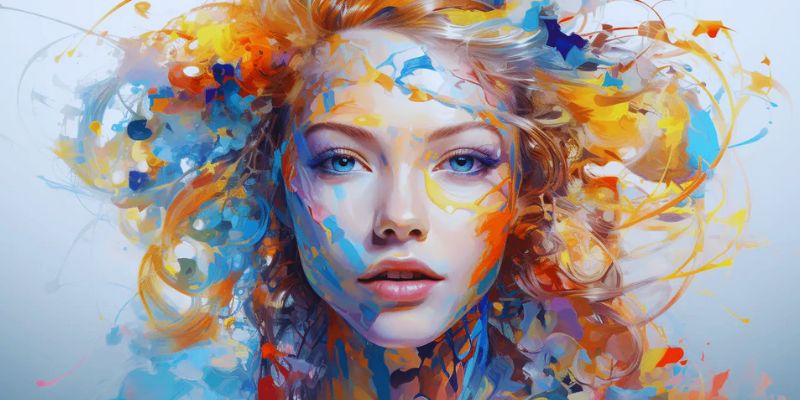
What Is AI Art: An Understanding
AI art is any form of digital art created or enhanced by AI generators using AI tools. It is often associated with visual art, such as images and videos; however, it also applies to writing poetry, email, and other creative forms, such as illustrations or logos. There are large language models that help people generate art. Diffusion models trained on images help people create all kinds of art. Many popular generative AI tools use one of the large language models.
You can enter a prompt into the AI generator, which will then use large language models trained on numerous datasets. The models reference this data to produce the desired result. AI generators can take visual or written prompts to create AI art for music videos, marketing campaigns, professional websites, and more. AI art has made it easier for anyone to create digital art in seconds than other methods. Users can now produce images without high technical expertise using text-to-image AI tools such as Dall-E. Type in or speak your descriptive prompt, and the tools will do the job for you.
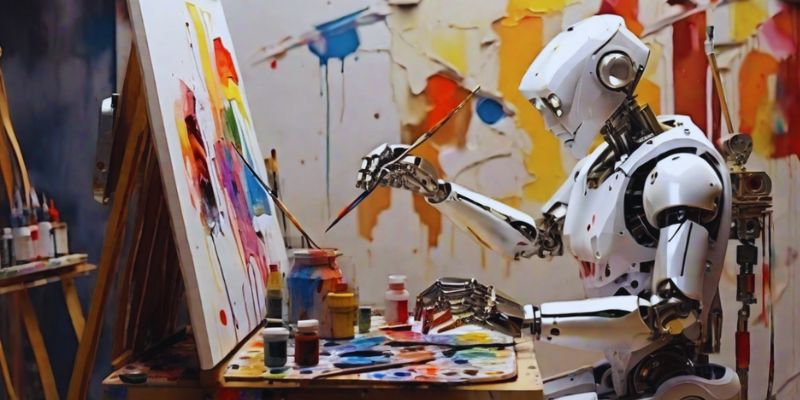
History of AI Art
In 1973, Harold Cohen attempted to create an AI art system called the Aaron System. Aaron was an AI assistant that generated black-and-white art drawings using an AI approach. GAN was introduced in 2014. It provided the fundamental approach to generative AI technologies. In 2015, Google launched a platform that used CNN. It was an experimental launch in an attempt to advance the field. In the same year, the obvious Art & AI collective created a painting named Edmond de Belamy.
The painting was made using a GAN model, auctioned on the WikiArt website, and sold for $432,500. OpenAI launched Dall-E in 2021, the first primary GAN-based text-to-image generation tool. Google announced its Imagen text-to-image technology in May 2022. In August 2022, Stability AI launched Stable Diffusion Services, another GAN-based AI tool. In March 2023, Adobe integrated the GAN-based approach, releasing the Adobe Firefly service. The growth continues to this day.
How Is AI Art Created?
Different AI tools work together to generate art. These tools use a range of techniques and different models to create images. Most of the art is based on the same underlying techniques and technologies. For example, these tools use machine learning algorithms to create patterns from the collected data. Data is fed into an algorithm, which is needed to train an AI model; AI generates realistic and accurate images using this data. The data fed into the algorithm is itself a wide-ranging group of digital images and their descriptive information. You can enter a text prompt into the AI tool after training the model and getting the desired AI-generated image. The more precise your prompts are, the better your AI art will be. AI tools usually use a form of NLP (natural language processing) to interpret the prompts.
Models Used By AI Art Platforms
AI art platforms use different kinds of models, more precisely, generative adversarial networks (GAN), recurrent neural networks (RNN), convolutional neural networks (CNN), and neural style transfer (NST). Let's examine them in more detail:
- Generative Adversarial Network: GNN produces the images using several neural networks and deep learning. Together, they generate an image that matches the reference data while considering the user's prompt.
- Recurrent Neural Network (RNN): An RNN is a deep neural network that generates a sequence of data to create a machine learning model. It converts sequential data input into sequential data output and works in a 'feedback loop.'
- Convolutional Neural Network: CNN also uses deep learning. It identifies objects and extracts their features, which are then used to generate images.
- Neural Style Transfer: NST is used along with a CNN. As a deep learning technique, it enables the transfer of image style from one image to another.
Issues With AI Art
Despite all the benefits and creativity AI art offers, it does come with relevant concerns, some of which are listed below:
- AI’s Art Originality: An ethical question arising from AI-generated art is whether the art is fully original or just derivative of the data pre-entered into the system.
- Biases Of The Data: The AI model is as versatile and representative as it is trained to be. Suppose the data entered into the model is biased toward one group or system. In that case, the results generated by the model will also be biased toward that group or system.
- Who Owns The Art: An ethical question that raised the most concern is who owns AI-generated art. Artists have enjoyed signing artworks they created, but who will sign the digital art, the AI platform, the person who trained the data, or the one who entered the prompt?
Conclusion:
Nothing can surpass human art; even artificial intelligence needs human intervention to generate images, which are then called AI art. It uses deep learning and neural networks to generate art. Ethical questions have arisen with AI art, such as who owns the art; it is even original since it reads the data fed into it and responds to the prompt accordingly, but the response can be biased too, based on the data it is served with. We cannot ignore that AI art has brought a lot of fun and creativity into the artistic world, but it has its natural limitations.
